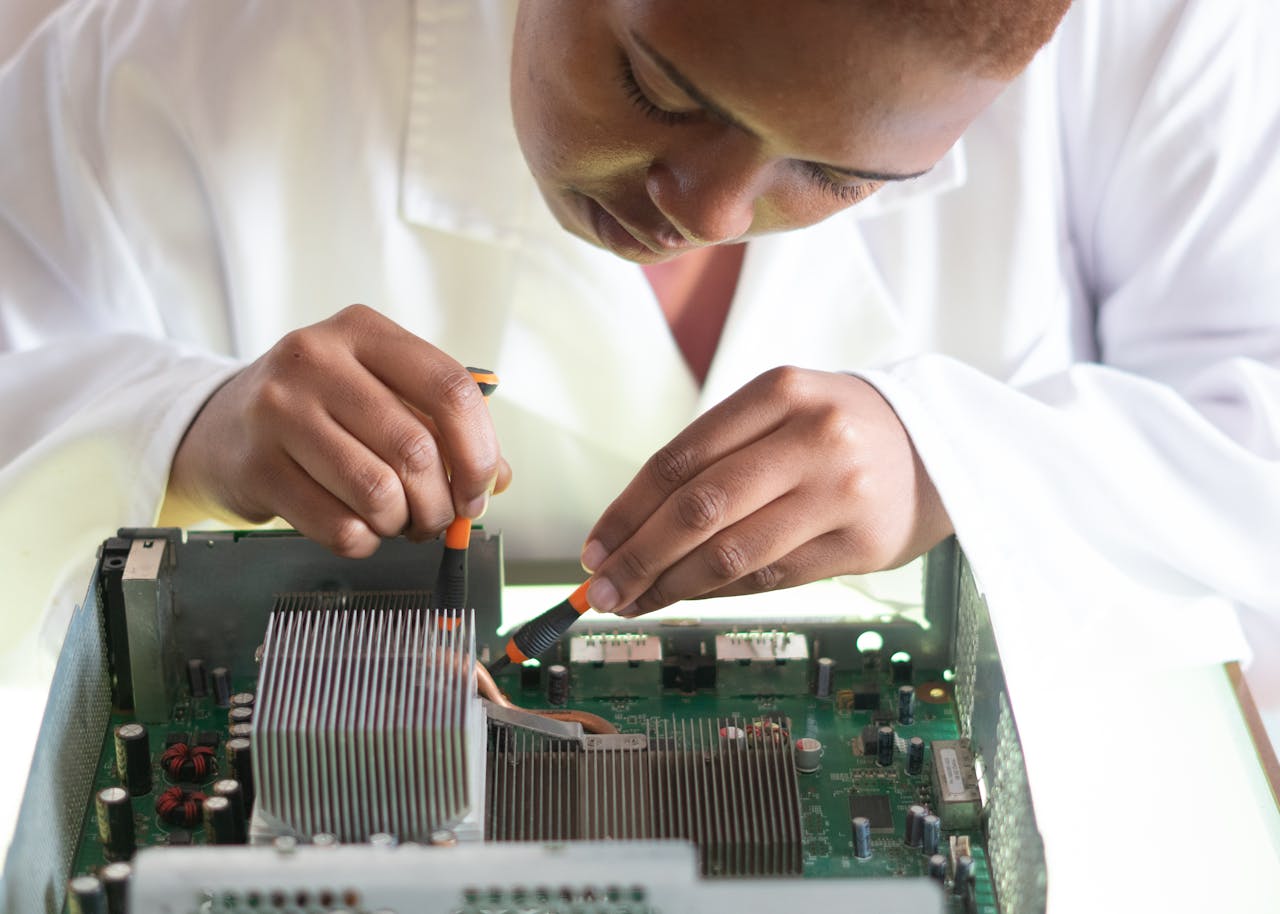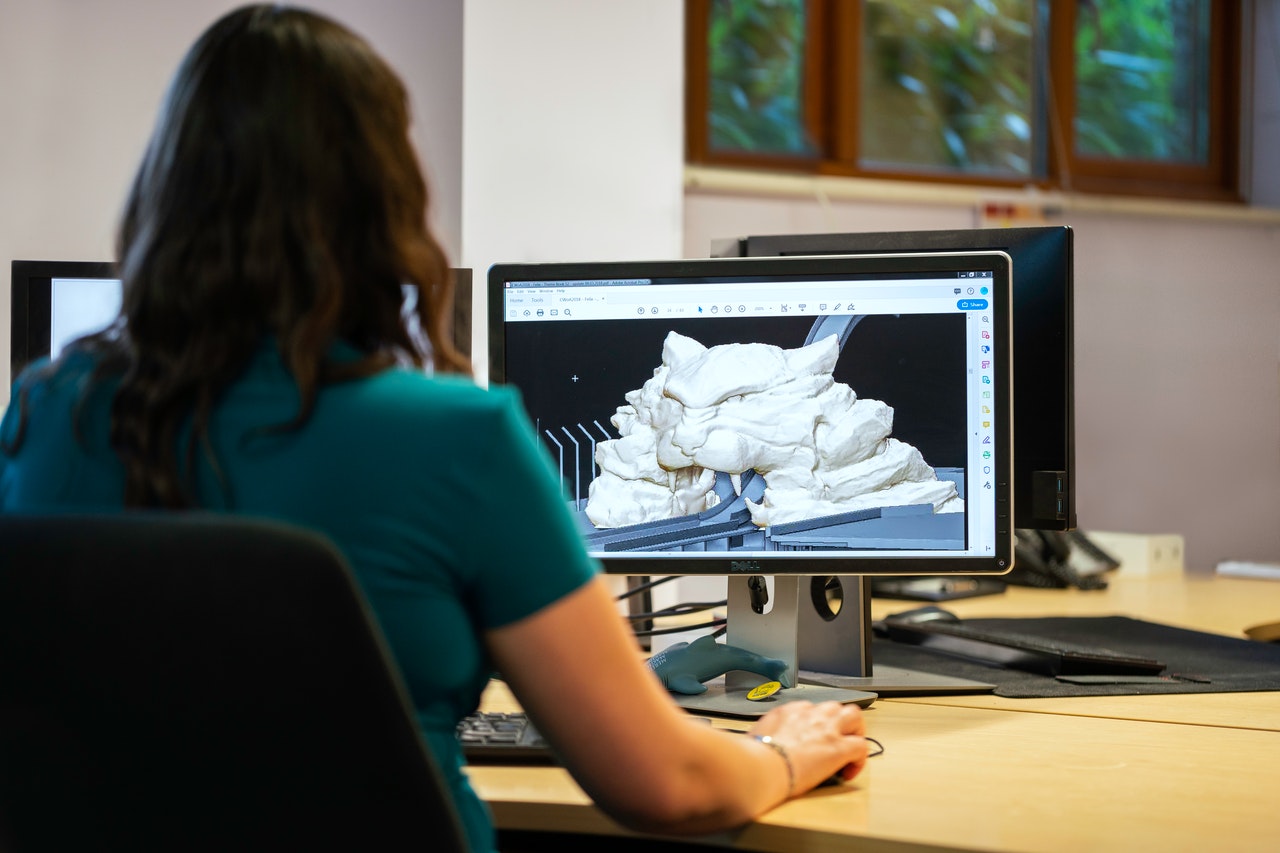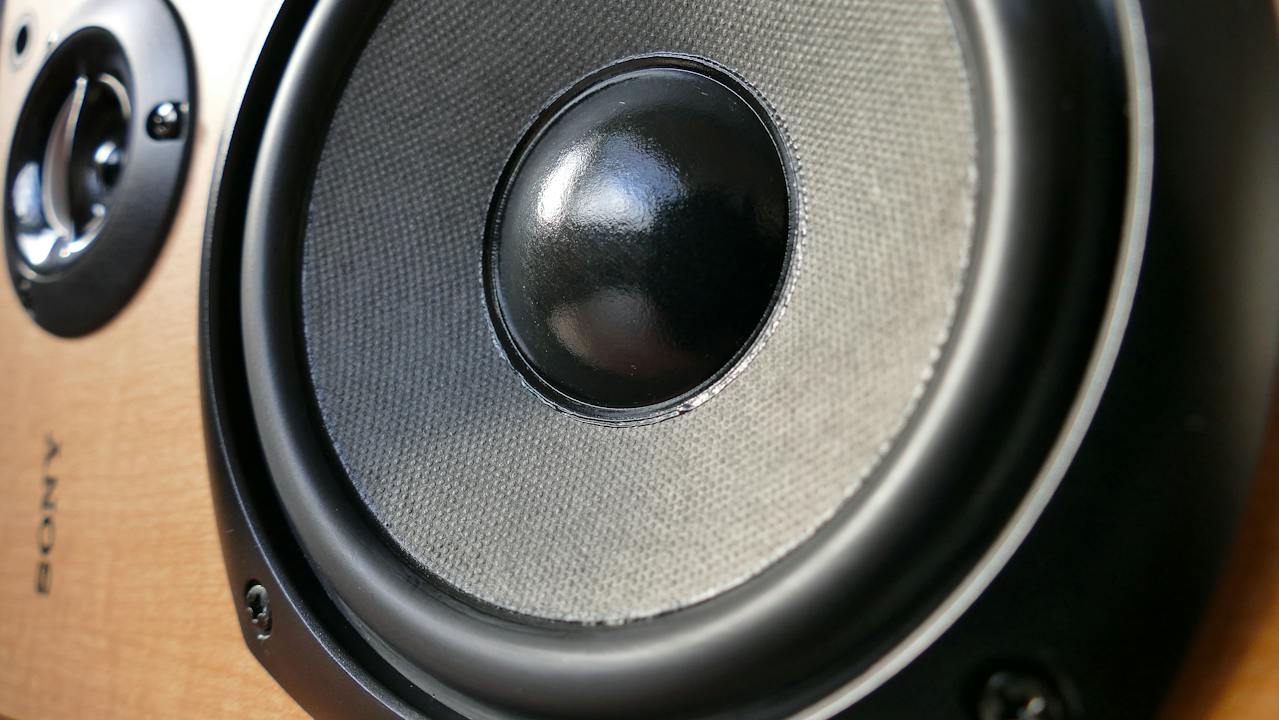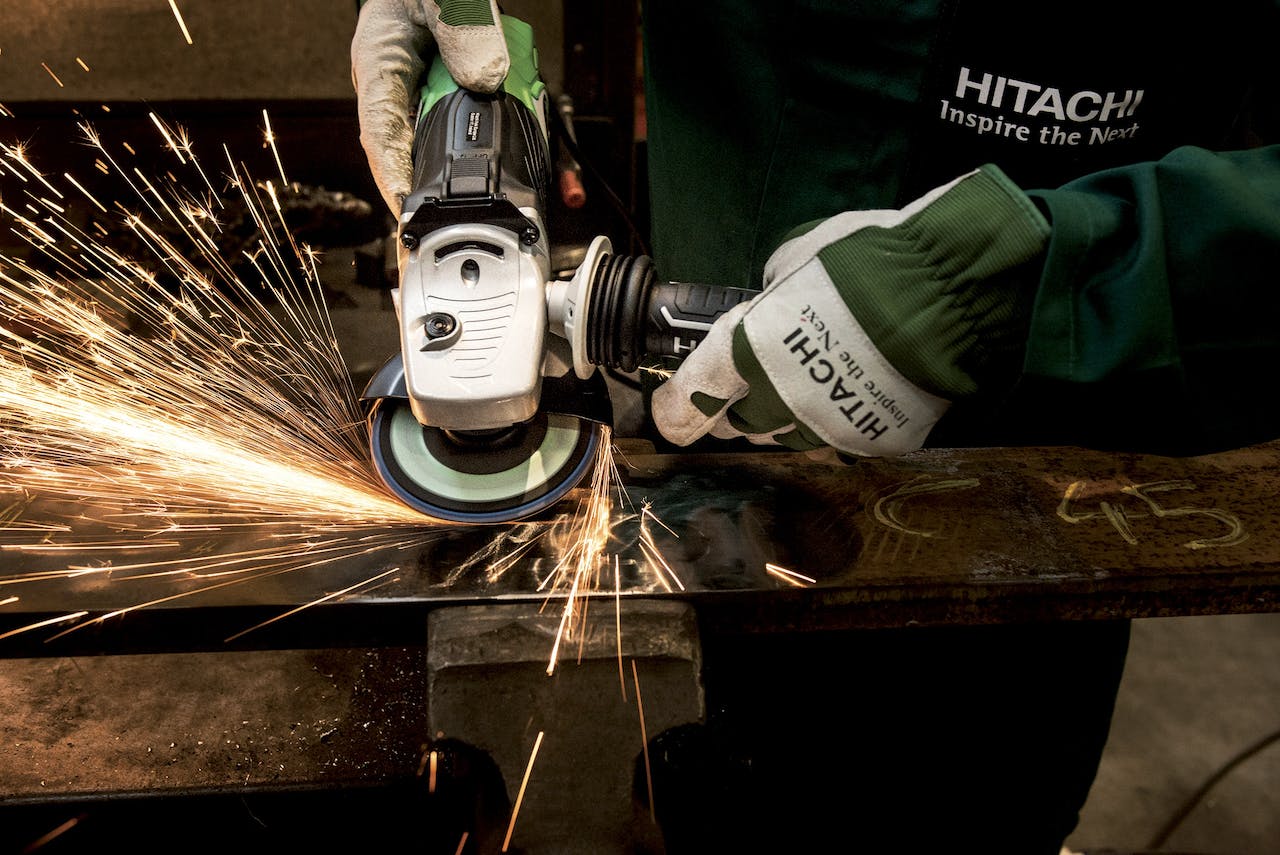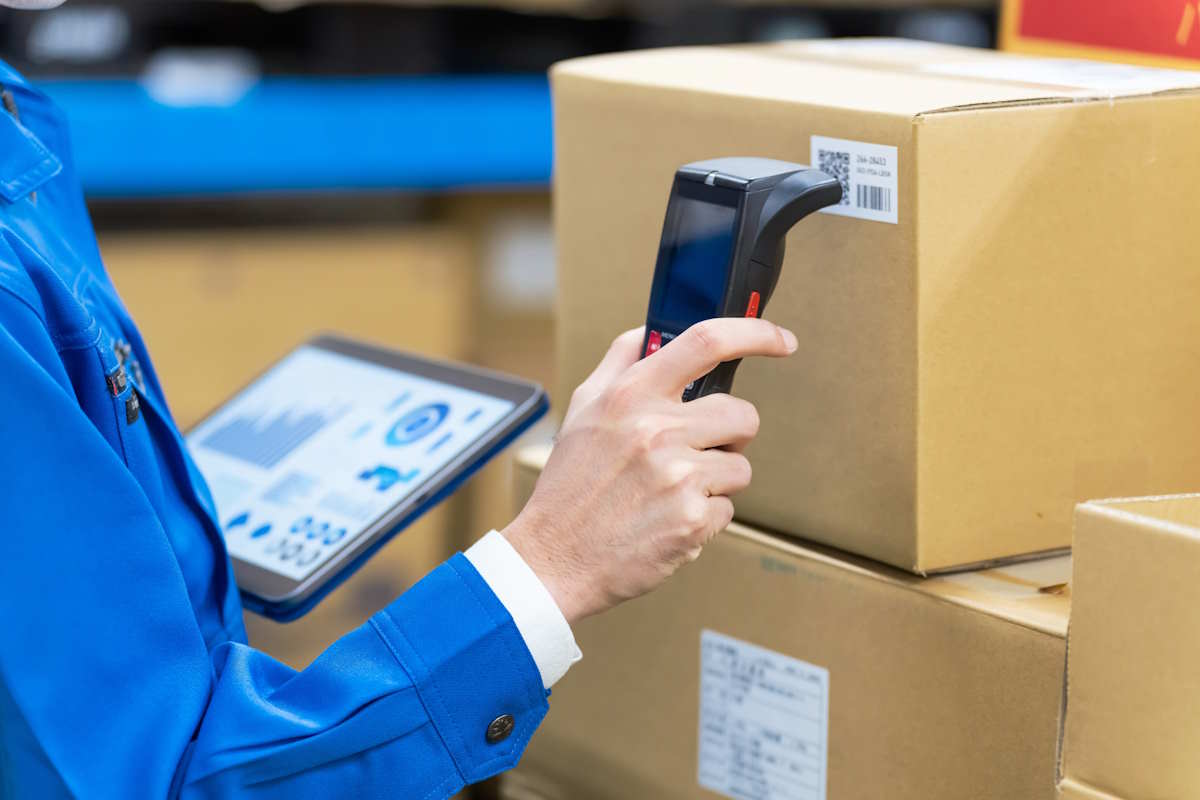In an age dominated by technological advancements, purchasing new tech gadgets can be both exhilarating and overwhelming. With countless options flooding the market, ranging from smartphones to smart home devices, making an informed decision becomes paramount. Fortunately, the internet offers a plethora of resources to aid in this endeavor. From expert reviews to user testimonials, online platforms provide valuable insights that can guide consumers towards the most suitable tech investment. This guide aims to explore the various ways you can harness online resources to make informed decisions when purchasing new technology.

Researching Product Reviews
When considering a new tech purchase, delving into product reviews is a crucial initial step. Websites like CNET, TechRadar, and Wired offer in-depth analyses of various gadgets, highlighting their features, performance, and overall value. Also, platforms like CE Critic summarize the critic’s score from reviewers and publications. Reading multiple reviews from reputable sources can provide a comprehensive understanding of a product’s strengths and weaknesses. Paying attention to aspects such as battery life, design, user interface, and durability can help narrow down choices based on personal preferences and requirements. Additionally, exploring reviews from both experts and everyday users can offer diverse perspectives, aiding in a well-rounded decision-making process.
Comparing Specifications and Features
Once you’ve familiarized yourself with the options through reviews, it’s essential to compare specifications and features. Many online platforms, including official product websites and electronics retailers, provide detailed specifications for each gadget. Pay attention to crucial elements such as processor speed, camera quality, storage capacity, and connectivity options. Consider how these specifications align with your intended usage and priorities. For instance, if you prioritize photography, a smartphone with a high-quality camera sensor may be more appealing, while a gamer might prioritize processing power and graphics capabilities. By comparing specifications side by side, you can identify which tech devices best suit your needs.
Seeking User Feedback and Testimonials
In addition to expert reviews, user feedback and testimonials can offer invaluable insights into real-world experiences with a product. Online forums, social media platforms, and e-commerce websites often feature user-generated reviews and discussions. Engaging with these communities allows you to glean firsthand accounts of a product’s performance, reliability, and user satisfaction. Look for patterns in feedback to identify common issues or standout features that may influence your decision. However, it’s essential to approach user testimonials with a critical eye, considering factors such as bias, sample size, and the credibility of the source. Balancing expert opinions with user perspectives can provide a well-rounded view of a tech product’s suitability.
Exploring Demo Videos and Tutorials
Visual demonstrations and tutorials play a crucial role in understanding how a tech product functions in real-world scenarios. Platforms like YouTube host a vast array of demo videos, unboxings, and tutorials created by tech enthusiasts and industry professionals. Watching these videos can give you a better sense of a product’s design, interface, and usability. Pay attention to how the device is navigated, its responsiveness, and any unique features showcased. Additionally, tutorials can provide insights into setup processes, troubleshooting tips, and hidden functionalities. By immersing yourself in these visual resources, you can make more informed decisions and envision how a particular tech gadget might integrate into your daily life.
Analyzing Price and Value Proposition
While it’s tempting to prioritize the latest and most feature-rich tech gadgets, it’s essential to consider their price and overall value proposition. Online platforms offer tools to compare prices across different retailers, ensuring you get the best deal possible. However, price alone should not dictate your decision; instead, evaluate the overall value offered by a product about its price tag. Consider factors such as warranty coverage, after-sales support, and potential long-term costs, such as accessories or subscription services. Additionally, assess how a tech gadget aligns with your budget and whether its features justify the investment. Balancing price with value ensures that you make a financially sound decision without compromising on quality or functionality.
Consulting Expert Recommendations and Rankings
In addition to individual product reviews, consulting expert recommendations and rankings can provide valuable guidance when navigating the vast landscape of tech gadgets. Websites like Consumer Reports, PCMag, and Wirecutter regularly publish curated lists and rankings based on rigorous testing and evaluation. These lists often categorize products by price range, features, and use cases, making it easier to identify top contenders within specific criteria. Pay attention to products that consistently receive high praise across multiple expert reviews and rankings. While individual preferences may vary, expert recommendations can serve as a reliable benchmark for quality and performance. Incorporating these insights into your decision-making process can help you make a well-informed and confident tech purchase.

In conclusion, leveraging online resources is instrumental in making informed decisions when purchasing new technology. By researching product reviews, comparing specifications, seeking user feedback, exploring demo videos, analyzing price and value propositions, and consulting expert recommendations, consumers can navigate the vast array of tech gadgets with confidence and clarity. Remember to approach online resources with a critical mindset, considering various perspectives and prioritizing factors that align with your needs and preferences. With the right approach, harnessing the power of online resources can lead to fulfilling and satisfying tech purchases that enhance your daily life.

